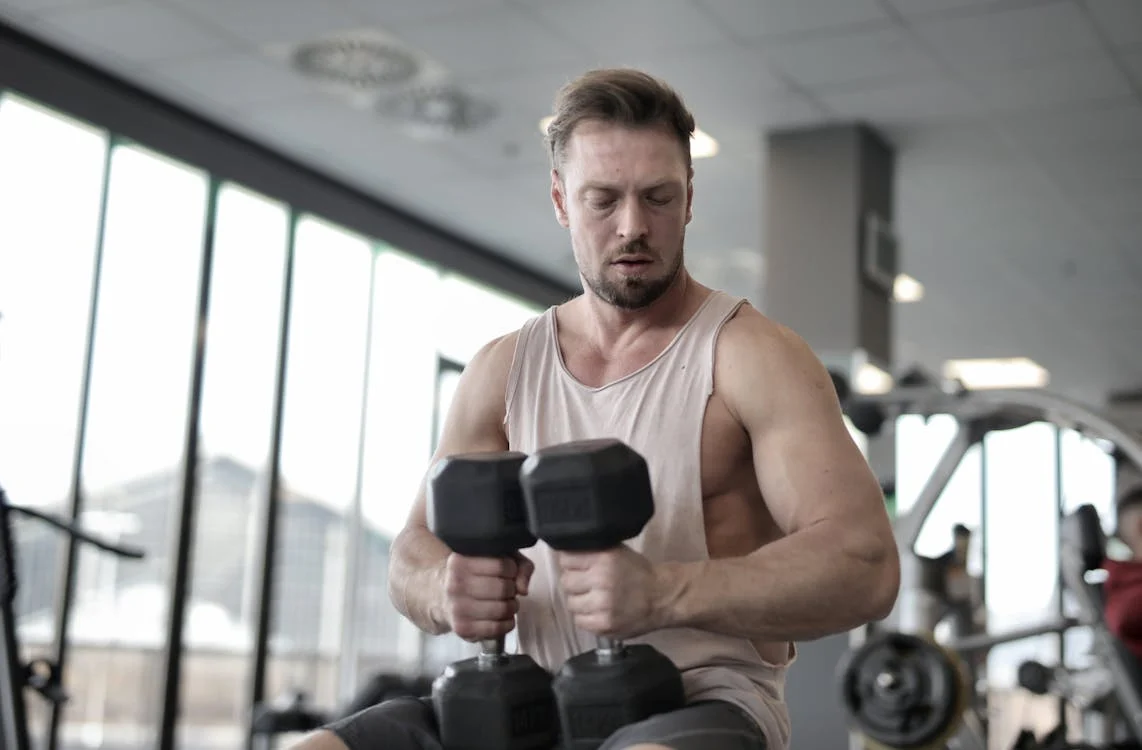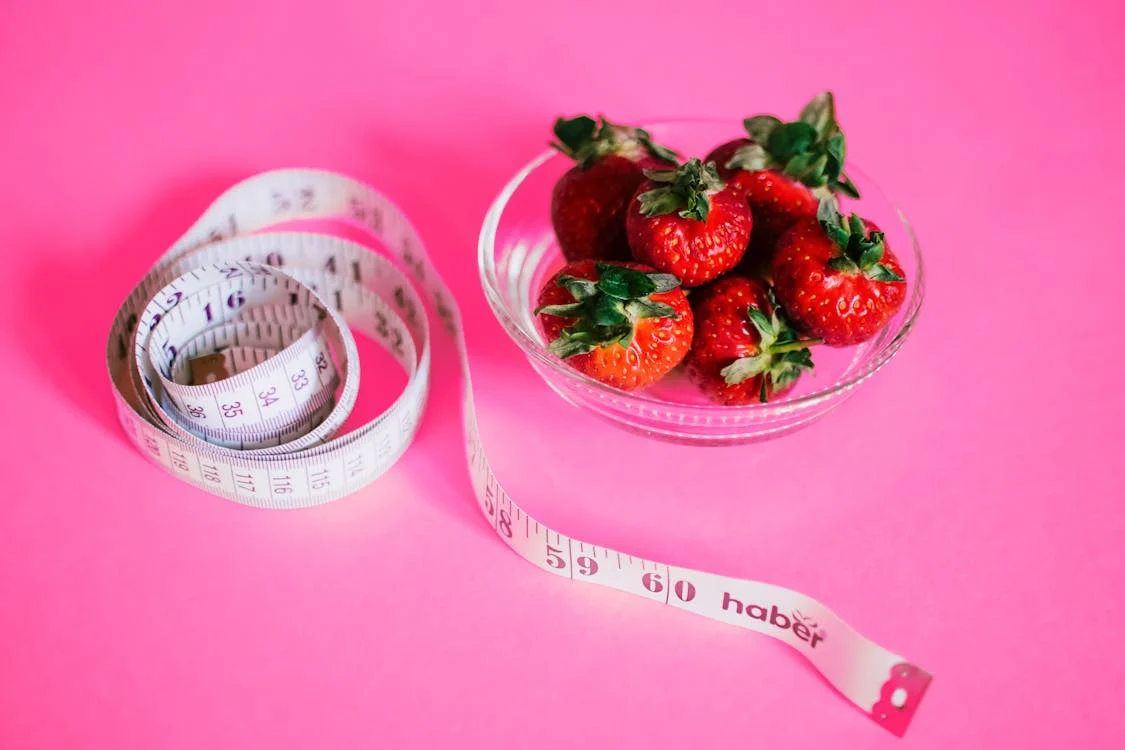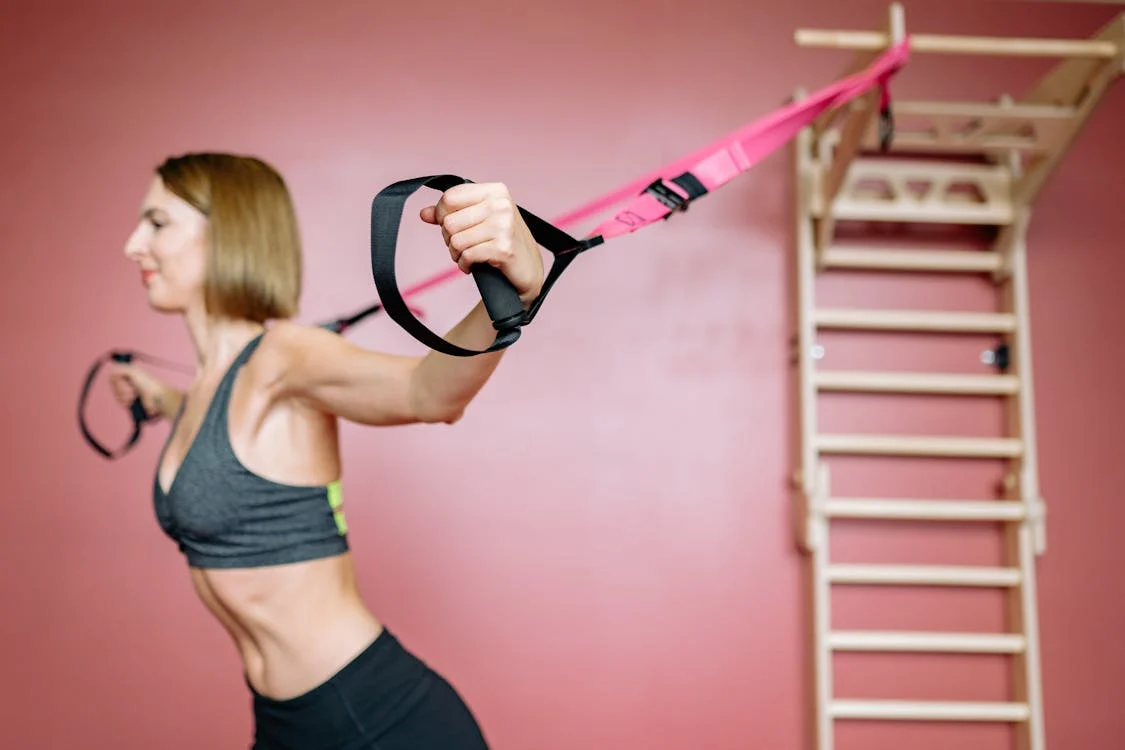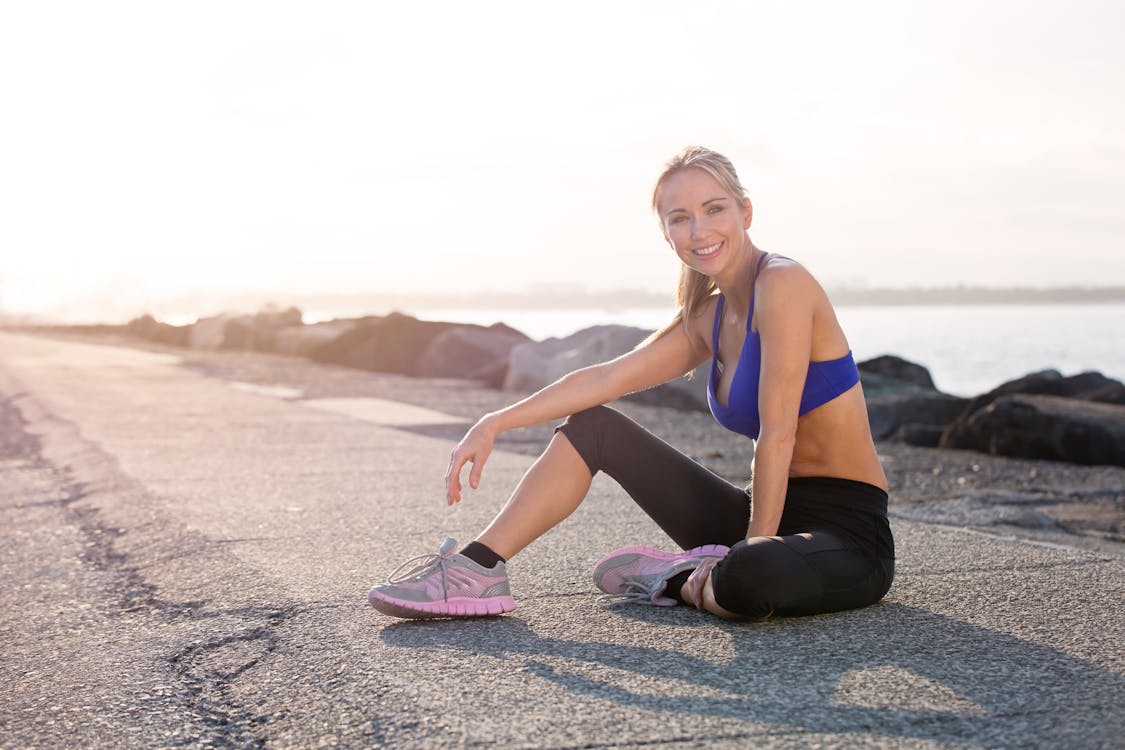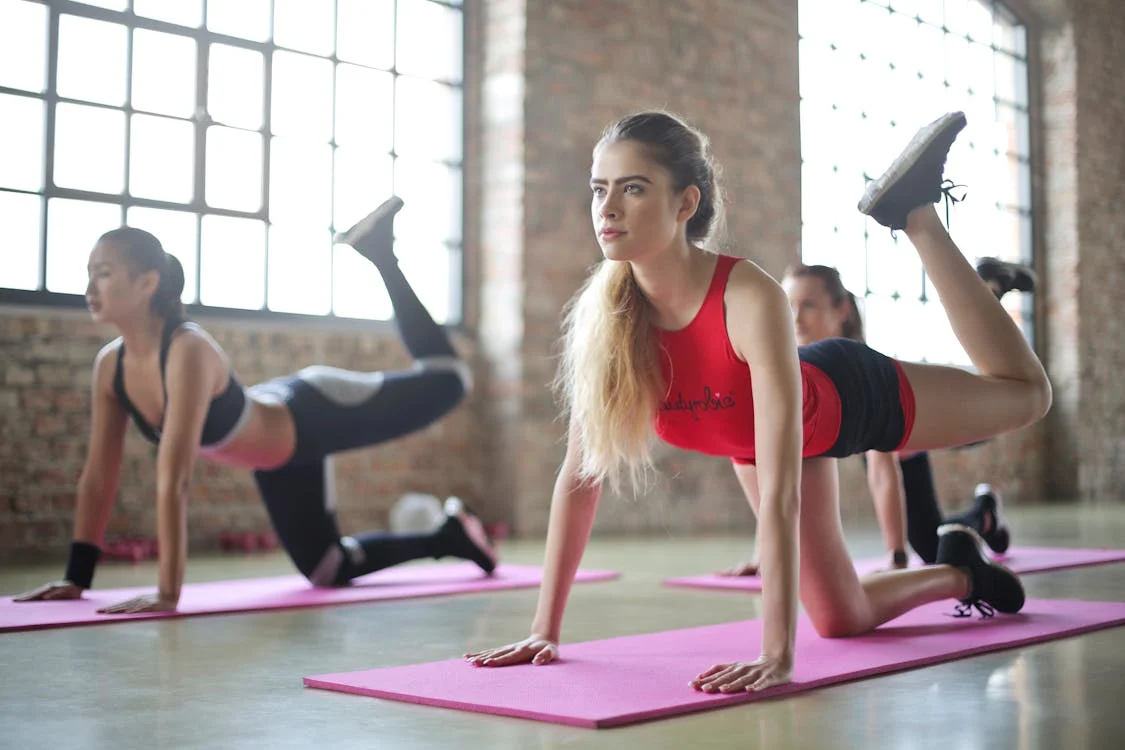With so much fitness advice floating around the internet and from well-meaning friends, it can be hard to separate fact from fiction when it comes to exercise. From old-school gym wisdom to the latest trends, there are plenty of misconceptions that could be holding you back from reaching your fitness goals. Let’s debunk some of the most common exercise myths so you can approach your workouts with confidence and clarity.
1. Myth: Lifting Weights Will Make Women Bulky
Fact: One of the biggest myths in fitness is that women who lift weights will automatically get “bulky.” The truth is, women have less testosterone than men, which makes it much harder for them to bulk up like professional bodybuilders. Instead, weight training helps women build lean muscle and increase metabolism, leading to a toned, sculpted body rather than the bulky look.
Why It’s a Myth: Lifting weights, especially with proper technique and form, will help you improve strength, burn fat, and boost your metabolism. Women who focus on resistance training often end up with more defined muscles and a leaner physique, not a bulky one.
2. Myth: You Have to Work Out for Hours to See Results
Fact: The idea that you need to work out for hours to achieve fitness results is a major myth. High-Intensity Interval Training (HIIT) and short, focused workouts can be just as effective—if not more—than longer workouts. Quality over quantity is key. Even 20 to 30 minutes of high-intensity exercise can lead to fat loss, improved cardiovascular health, and muscle gain if done consistently.
Why It’s a Myth: The length of your workout isn’t as important as how intensely you train. Shorter workouts, like HIIT, can ramp up your metabolism and keep your body burning calories long after you finish.
3. Myth: You Have to Sweat a Lot to Get a Good Workout
Fact: Sweating is not an accurate measure of workout intensity or effectiveness. Sweating is your body’s way of cooling itself down, and while it may be more common with intense cardio workouts, it’s not always an indicator of a great workout. You can have an effective strength training session, a yoga class, or a moderate walk and still see benefits without dripping sweat.
Why It’s a Myth: You can have a great workout and not sweat profusely, especially if the exercises you’re doing are low-impact or strength-focused. The focus should be on challenging your muscles and pushing yourself to work harder in ways that are appropriate for your fitness level.
4. Myth: Crunches Are the Best Way to Get Abs
Fact: While crunches are a good abdominal exercise, they aren’t the most effective for fat loss or achieving visible abs. Spot reduction—the idea that you can target fat loss in specific areas—is a myth. To reveal toned abs, you need to combine core exercises with full-body fat-burning workouts and a healthy diet.
Why It’s a Myth: Fat loss happens throughout the entire body, not just from a specific area, and crunches alone won’t burn the belly fat that hides your abdominal muscles. Focus on total-body exercises, like squats, lunges, and cardio, to shed fat while incorporating core exercises like planks and leg raises to build muscle.
5. Myth: More Protein Means More Muscle
Fact: While protein is crucial for muscle repair and growth, more doesn’t always mean better. The body can only utilize a certain amount of protein at a time, and consuming excessive amounts won’t magically help you build more muscle. Most people only need around 0.8 to 1.2 grams of protein per kilogram of body weight for muscle recovery and growth, depending on activity level.
Why It’s a Myth: Consuming too much protein can lead to unnecessary weight gain or strain on the kidneys over time. The key to building muscle is not just protein, but a balance of the right nutrients (carbs, fats, and proteins), along with consistent strength training.
6. Myth: Cardio Is the Best Way to Lose Weight
Fact: While cardio is great for burning calories and improving cardiovascular health, it isn’t the only—or the most effective—method for weight loss. Strength training is just as important, as it builds muscle mass, which increases your resting metabolic rate (the number of calories your body burns at rest). Combining strength training with cardio leads to better results.
Why It’s a Myth: Cardio alone can help with fat loss, but without building muscle, you may end up losing muscle along with fat. Strength training helps preserve and build muscle, which can help you maintain a healthy weight in the long term. A balanced fitness plan is best for sustainable results.
7. Myth: You Should Feel Sore After Every Workout
Fact: While muscle soreness (known as Delayed Onset Muscle Soreness or DOMS) can occur after intense workouts, it’s not necessary for a workout to be effective. Being sore doesn’t mean you’ve had a good workout, and you don’t need to push yourself to the point of soreness every time you exercise.
Why It’s a Myth: Soreness is often a sign that your muscles are adapting to new or more intense movements. However, you don’t need to constantly feel sore to see progress. In fact, overtraining to the point of soreness can lead to injury and burnout. Your body needs time to recover to avoid long-term damage.
8. Myth: Stretching Before a Workout Prevents Injuries
Fact: Static stretching (holding a stretch for 15-30 seconds) before a workout is not ideal for injury prevention. In fact, it can actually decrease strength and increase the risk of strains in some cases. Dynamic stretching (like leg swings or arm circles) before a workout is more effective because it warms up the muscles and prepares them for movement.
Why It’s a Myth: Static stretching is best done after your workout to improve flexibility, not before. Dynamic stretching helps improve range of motion and activate the muscles you’ll be using during your workout, reducing the risk of injury.
9. Myth: You Can’t Work Out if You’re Overweight
Fact: Fitness is for everyone, regardless of weight. In fact, exercise can be an excellent way to improve overall health, lose weight, and increase fitness levels—no matter where you’re starting from. Whether you’re walking, swimming, cycling, or lifting weights, there’s a workout for every fitness level.
Why It’s a Myth: Overweight individuals often face barriers to exercise, but those barriers can be overcome with the right guidance and support. Starting with low-impact activities and gradually increasing intensity is key to making exercise a regular part of your routine.
With so much fitness advice floating around the internet and from well-meaning friends, it can be hard to separate fact from fiction when it comes to exercise. From old-school gym wisdom to the latest trends, there are plenty of misconceptions that could be holding you back from reaching your fitness goals. Let’s debunk some of the most common exercise myths


